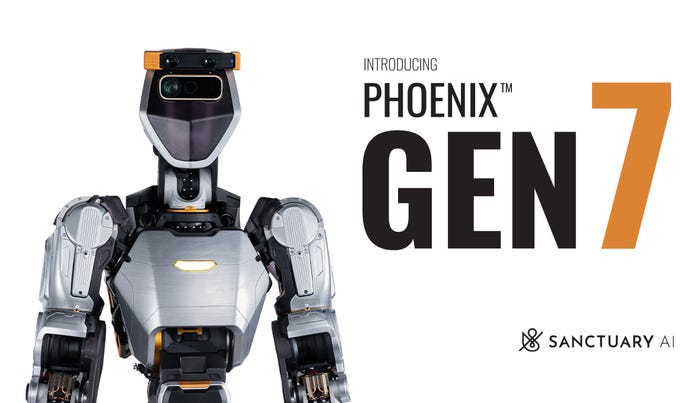IoT Tech Enables Both Evolutionary and Revolutionary Change
IoT isn’t a market, it’s a technology toolkit enabling change that can add new value to your business and protect if from digital disruption.
May 22, 2018

By Steve Jennis
There is no shortage of confusing terms, acronyms, technologies and claims of benefits related to the Internet of Things (IoT). We hear about fog, cloud, edge, AI, 5G, ML, etc. There is much discussion of how to exploit the IoT and much hyperbole about its potential business benefits (e.g., the digital enterprise).
To help put all this into a realistic and rational context, let’s start by making one thing clear: The IoT is not a market. The IoT is a “technology toolkit” that can be applied to create new business value while protecting your enterprise from digital disruption. This toolkit uses standardized technologies to enable affordable, productive cooperation between devices and services on local (e.g., LAN/WLAN) and wide-area (e.g., internet) networks. It is a toolkit that encompasses and connects data-generating and data-consuming compute nodes – from sensors, to devices, to edge computers, to corporate data centers, to cloud services. This toolkit facilitates the development of end-to-end solutions in support of operational excellence or new business models. Last, but not least, it can embrace both brownfield (legacy machinery and applications) and greenfield (new plant) deployments.
But enough about technology; let’s look at the two primary ways customers are adopting and exploiting this IoT technology toolkit. I call it “following the money.”
Typically, technologies are refreshed in an evolutionary sense. New technologies are applied to complete traditional tasks in incrementally better ways. Call it the pursuit of operational excellence, where a greater than 10 percent improvement is expected, and needed to produce an acceptable ROI. Companies typically fund these upgrades on an annual basis through their IT and OT budgets. Falling under this evolutionary umbrella are exciting new applications like predictive maintenance, real-time supply-chain visibility, the elimination of unplanned downtime, live asset tracking, augmented reality for operatives, etc. This is essentially a bottom-up approach to new technology adoption; operational staff identify opportunities for improvement and their managers submit in-budget proposals for executive approval. In turn, vendors are reactive to the needs of a funded project (i.e., sales opportunities) and use their competitive advantages (e.g., incumbency, reputation, trust, relationships, new products, services, pricing models, delivery commitments, SLAs) to win new project business.
But there is also a new game in town. It is sometimes called “digital disruption.” This is where the innovative application of an IoT technology toolkit can support new business models that can disrupt the competitive environment in entire industries. Think about Uber versus taxis, or Airbnb versus hotels, or Amazon versus brick-and-mortar retail, or hardware-as-a-service versus product sales, or cloud services versus software and server sales. Increasing their operational efficiencies by much more than 10 percent wouldn’t have saved taxi companies from Uber or hotels from Airbnb. In these cases, the evolutionary adoption of IoT technologies is clearly not enough (alone) to remain competitive.
With digital disruption, businesses cannot wait for middle managers to recognize an operational need and respond to it in the business-as-usual way. Being in reactive mode just ensures you are always chasing the leaders, often new leaders who can threaten the very existence of your business. Therefore, a “top down” approach to exploiting or mitigating revolutionary change is fast becoming a second requirement. C-suite executives are realizing (or being told by their board of directors) that they must think the unthinkable and prepare for revolutionary change in their business environments, essentially turn threats into opportunities by being an early mover in IoT exploitation. But this costs money, new money. So, we’re seeing new budgets being allocated at the CEO/CIO/CDO level to explore and benefit from this wave of digitization, and the innovative new business models (and related applications) that it enables.
Bottom-up evolutionary IoT adoption and top-down revolutionary IoT adoption are not mutually exclusive. The revolutionary approach complements the evolutionary. It is just looking at strategic rather than tactical issues. Most businesses will find that they need to use both approaches to remain competitive and anticipate new threats and opportunities. So, follow the money – both bottom-up and top-down budgets – to see how leading companies are deploying IoT technologies for, respectively, operational excellence and to explore new business models.
You May Also Like
.png?width=700&auto=webp&quality=80&disable=upscale)


.png?width=300&auto=webp&quality=80&disable=upscale)
.png?width=300&auto=webp&quality=80&disable=upscale)
.png?width=300&auto=webp&quality=80&disable=upscale)
